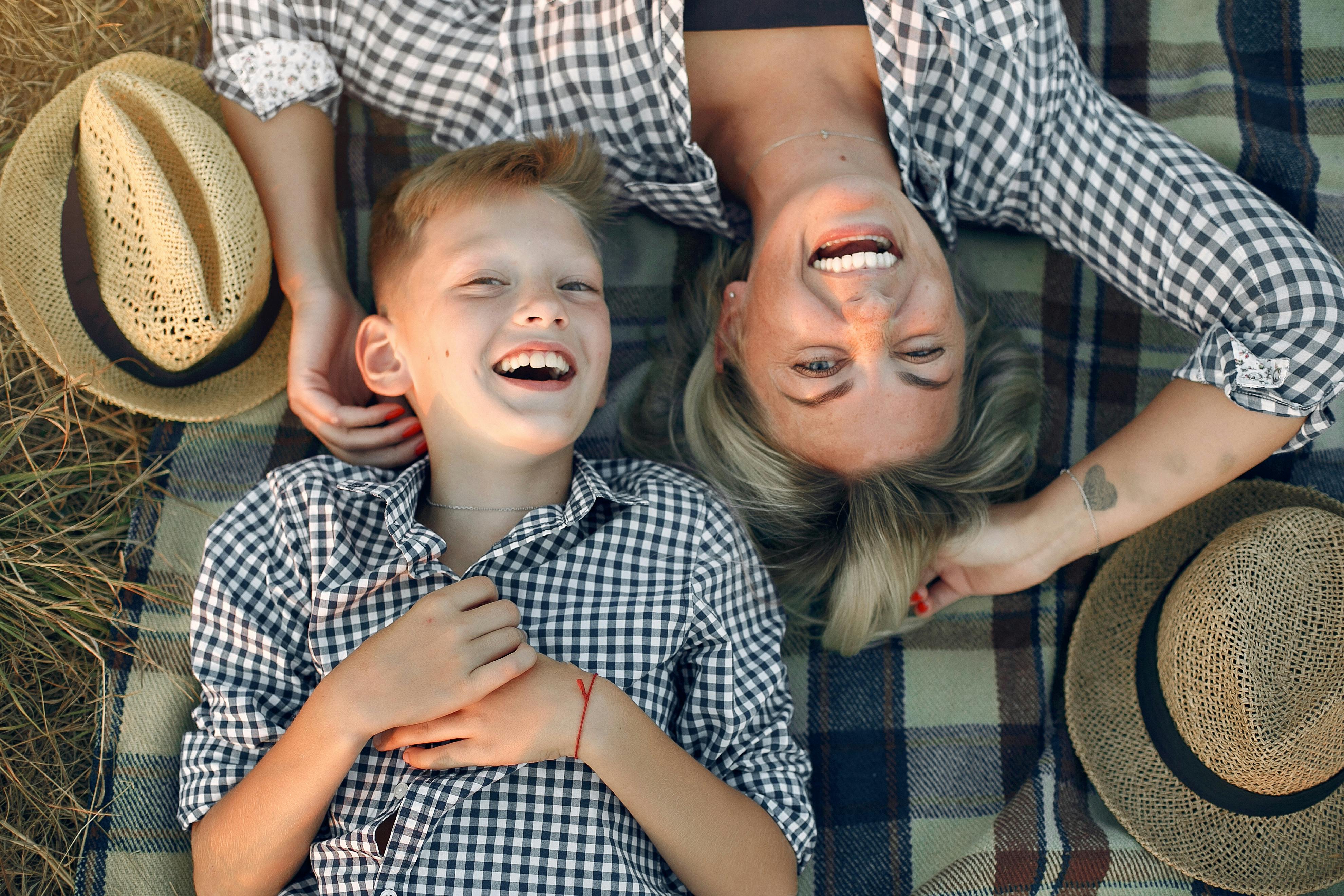
December darkness can bring us together
“The light shines in the darkness, and the darkness did not overcome it.” (Gospel of John)
“The lamps are different, but the Light is the same.” (Rumi)
“Only in the dark can you see the stars.” Martin Luther King Jr.
Here in the Northern Hemisphere, December plunges us into deepening darkness as the days get shorter, culminating in the longest night of the year on December 21. And for that reason, several major religions choose this time of year for celebrations of light.
For example, pagans celebrate the winter solstice as a sign of the sun’s return, as after the longest night on December 22, the sun begins its long journey back to us after a long, cold and dark winter. .
Also around this time of year, Hindus celebrate Diwali, known colloquially as the “festival of lights” because a common practice is to place small oil lamps around the house and yard. The lights are meant to help Goddess Lakshmi find her way into the homes of the faithful to bestow prosperity. Diwali also commemorates the coronation of Rama, as the lamps are a welcome to the returning king.
Jews celebrate Hanukkah during the darkness of December, another religious “festival of lights” that commemorates the rededication of the Temple in 165 BC. After it was desecrated by the Syrian king. After the Jews returned to Jerusalem and cleaned the temple, they held a rededication service, but there was only enough oil in the lamp for one day. Miraculously, the oil lasted for eight days, long enough to replenish its supply.
Kwanzaa celebrations, while not religious, are a growing tradition among African Americans. Kwanzaa focuses on the Nguzo Saba, seven principles of black culture developed in 1966 by Maulana Karenga, a professor of pan-African studies and a black cultural leader in the United States. These principles are unity, self-determination, collective work and responsibility, cooperative economy, purpose, creativity and faith. Every night, families and communities light one of the seven candles in a kinara and discuss the beginning of the day.
Likewise, it is in the growing darkness of winter that Christians celebrate Advent and Christmas, anticipating for four weeks the hope, peace, joy and love of Christ, whose birth is celebrated on December 25. Advent wreaths have a candle for each theme and a central candle that symbolizes the arrival of God’s light into the world. Because of his compassion, wisdom, and courage, Jesus became known as the “light of the world.”
The images of light and dark for the spiritual path are profound. Expressions such as “a light at the end of the tunnel” and “it is always darkest before dawn” attest to the common experience that sometimes when challenging situations become more threatening, we find hope in the possibility of a better future. that is just beginning. to reveal itself in small and subtle ways.
Reflecting on my own tradition as a Christian, it amazes me that the hopeful light of Christmas is associated with a baby born to parents in vulnerable circumstances. The gospel writers describe the homeless peasant class birth of Christ in a world ruled by brutal and elite politics. To some of us, this concept may seem strange, but in some parts of our world, poverty, oppression, and injustice still obscure the circumstances for many.
So while it may seem counterintuitive to seek hope in the presence of a baby and his willing family, every year I begin to understand the connection a little more. The possibility of peace, the hope of justice, the experiences of joy and love can only be realized through compassion. Feeding our concern for the well-being of others, particularly those who are not in a position to care for themselves, is the only way that human society will overcome the realities of fear, violence and greed that have for so long. dominated our existence. Therefore, it is by creating space within the inn of our hearts for the vulnerable creatures of this world that light enters our darkness; space for the homeless and poorly educated, for refugees, for the uninsured, for other creatures and for the environment.
In the midst of this dark winter month, my hope is that whatever our experience of faith, we can all experience the presence of a sacred light that evokes the best of what makes us all brothers and sisters in the human family.